If machines take over factory floors, what will workers do?
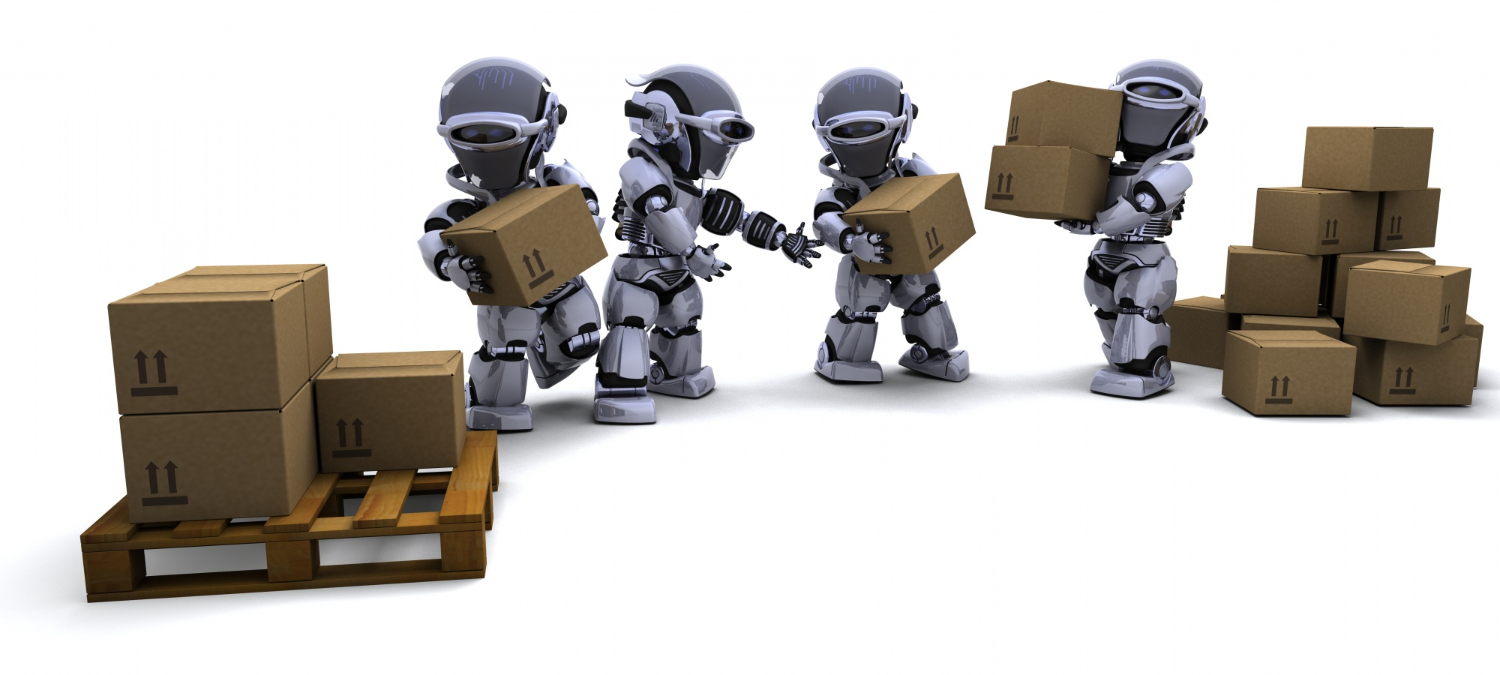
The Fear of Job Loss Due to Automation
If machines take over factory floors, what will workers do?
It’s a rational fear. The reality is:
- Some jobs will disappear, while new ones will emerge.
- Just like every technological advancement in history, disruptions happen. However, not all disruptions carry the same impact.
A Look at History: How Technology Has Transformed Jobs
The Printing Press (15th Century)
Disruption: Johannes Gutenberg’s invention of the printing press revolutionized information sharing.
Impact:
- Job Losses: The need for scribes and hand-copyists decreased, leading to job losses.
- Job Creation: The mass production of books increased literacy, creating new opportunities for teachers, writers, and publishers.
- Economic Shift: Book production costs dropped by 90%, making knowledge more accessible and fueling education growth.
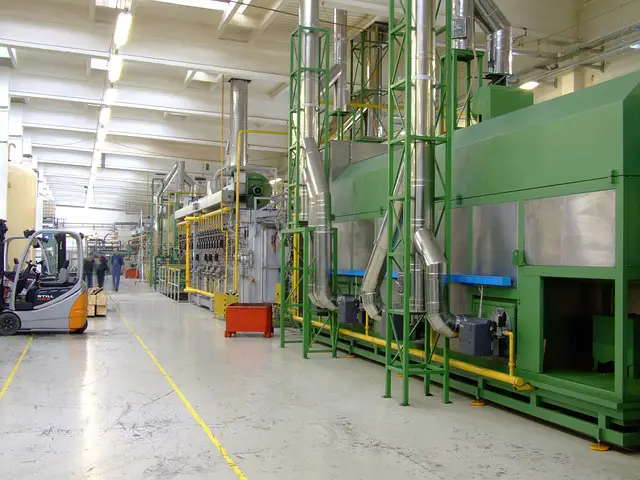
Industrial Automation
Disruption: The rise of industrial robots and automation technologies reshaped manufacturing.
Impact.
- Job Losses: In the U.S., industrial robots were responsible for up to 670,000 lost jobs between 1990 and 2007.
- Wage Impact: For every robot added per 1,000 workers, wages declined by 0.42%, and the employment-to-population ratio dropped by 0.2 percentage points.
- Global Growth: The industrial robot market is now valued at $33.90 billion, reflecting significant investments in automation.

The Rise of E-Commerce
Disruption: The growth of online retail transformed the shopping experience.
Impact:
- Job Losses: Retail sales employment declined by 25% over the last decade, with 850,000 fewer retail workers in the U.S. since 2013.
- New Opportunities: The rise of “last-mile” jobs, such as delivery drivers and warehouse stockers, offset some of the job losses.
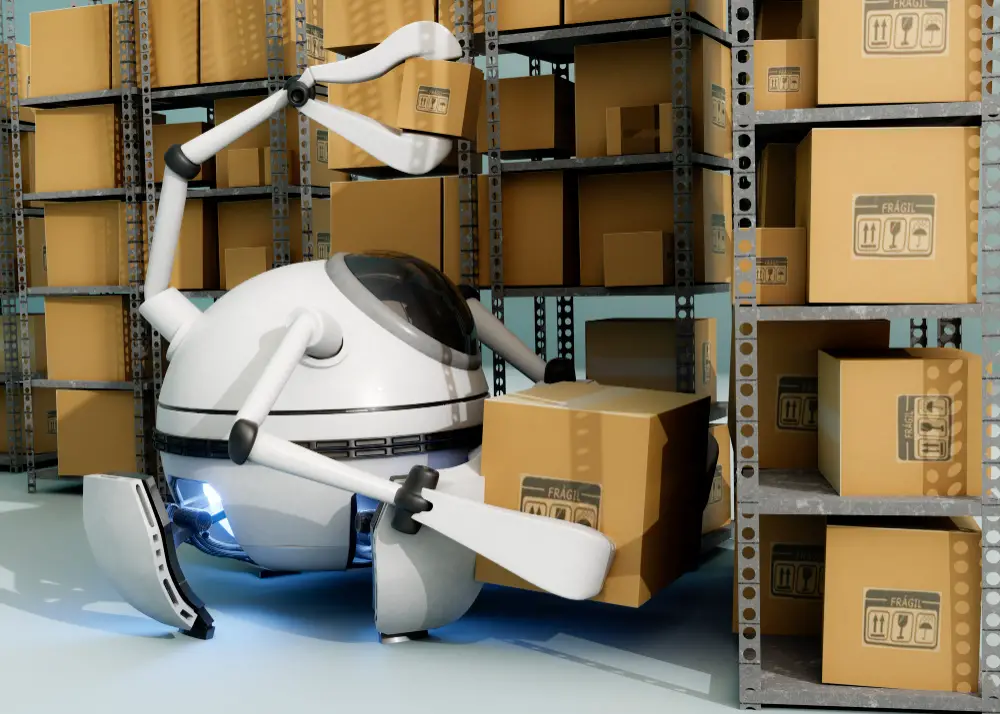
The Big Question: How Disruptive Will Automation Be?
Looking back, each technological breakthrough seemed threatening at the time. But today, these innovations are essential parts of society. The key question isn’t whether automation will replace jobs—it will. The question is:
-
Will automation cause the largest wave of unemployment in history?
-
Can we adapt and recover from this shift?
The Reality of Automation in the Workplace
Automation comes in different forms—whether it’s industrial robots, collaborative robots, or software bots like Robotic Process Automation (RPA). While these technologies reduce manual tasks, they still require human oversight.
Industrial Robots:
-
While robots can perform repetitive tasks like welding and painting, they require human engineers to define parameters such as welding paths, safety zones, and operational rules.
-
Robots increase efficiency but demand regular maintenance, troubleshooting, and oversight by specialists.
Software Automation (RPA):
-
RPA bots execute repetitive digital tasks but need monitoring to ensure they function correctly.
-
The complexity of human decision-making limits automation’s ability to replace all jobs.
-
Similar to self-driving vehicles, automation works well in controlled environments but struggles with unpredictability.
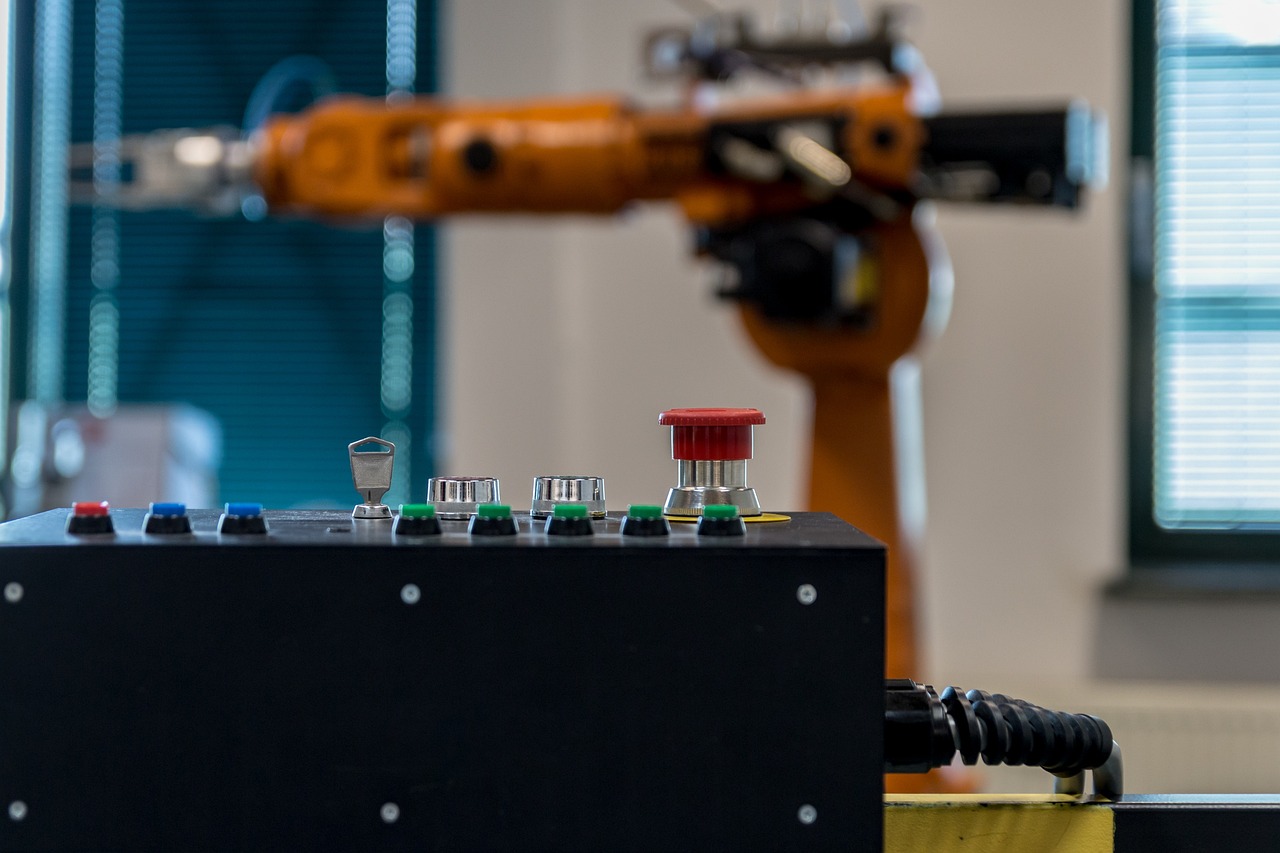
The Limits of Automation
Machines rely on predefined programs and rules. This means they execute tasks flawlessly—but only within their programmed scope. If they encounter an unexpected scenario, they fail. Even advanced AI models, such as GPT-4o, don’t “think” independently; they generate responses based on existing data patterns.
Why Machines Can’t Fully Replace Humans
-
Judgment & Critical Thinking: AI lacks true reasoning and contextual decision-making. Example: While AI can analyze medical images, human doctors are needed for complex diagnoses.
-
Creativity & Innovation: Machines excel at pattern recognition but struggle with genuine creativity, emotional intelligence, and strategic thinking.
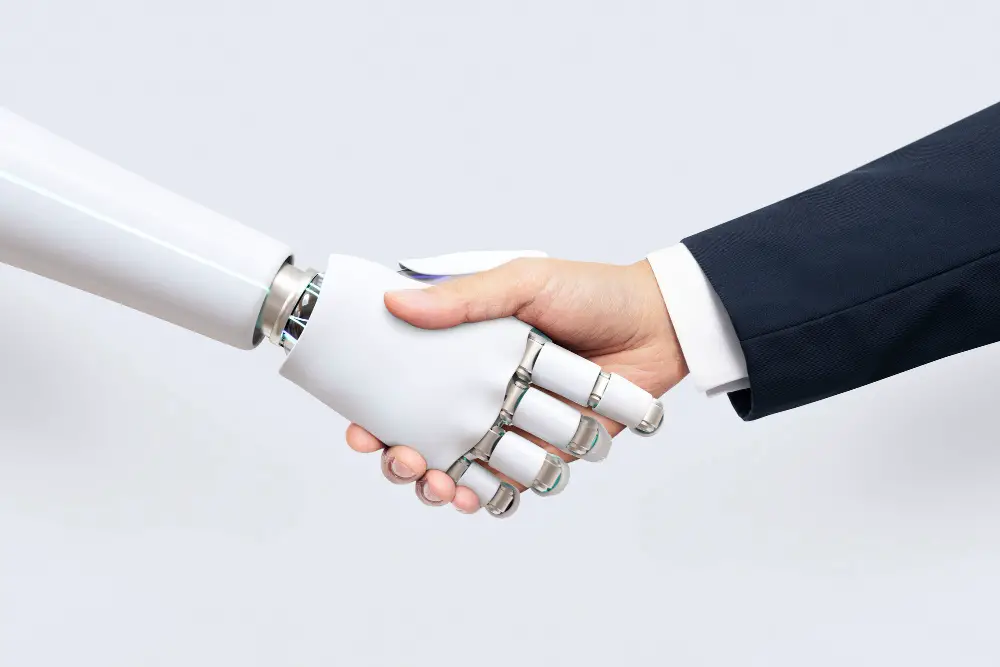
What the Experts Say
Multiple studies offer insights into the future of automation’s impact on jobs:
-
McKinsey & Company
Estimates that between 400 million and 800 million individuals could be displaced by automation by 2030. However, they suggest that rapid reemployment can lead to full employment. -
World Economic Forum (WEF)
Predicts that automation will eliminate 75 million jobs but create 133 million new ones, highlighting its dual effect on job markets. -
Exploding Topics
Discusses AI’s potential to replace 300 million jobs globally while also creating new opportunities in AI development and management. -
TeamStage
Reports that 1.7 million manufacturing jobs have been lost to automation since 2000, but automation has also led to new roles in overseeing these systems. -
Fortunly
Estimates that 5 million jobs will be displaced by 2030, emphasizing the importance of employee training to adapt to automation. -
Innopharma Education
Highlights AI’s role in automating routine tasks while potentially creating 20-50 million new jobs in AI-related fields.
What Should Businesses Do?
Companies must adapt. Those that leverage automation effectively will thrive, while others risk falling behind. The future of work isn’t about job losses—it’s about job evolution. The workforce must shift towards roles that involve supervising, maintaining, and improving automated systems.
Embracing Change:
-
Upskilling workers in AI, robotics, and digital automation.
-
Integrating automation to enhance efficiency rather than replace human roles.
-
Creating new opportunities in tech-driven industries.
Automation won’t destroy jobs—it will reshape them. The challenge is to stay ahead of the curve.






Leave a Comment
Comments
No comments yet.